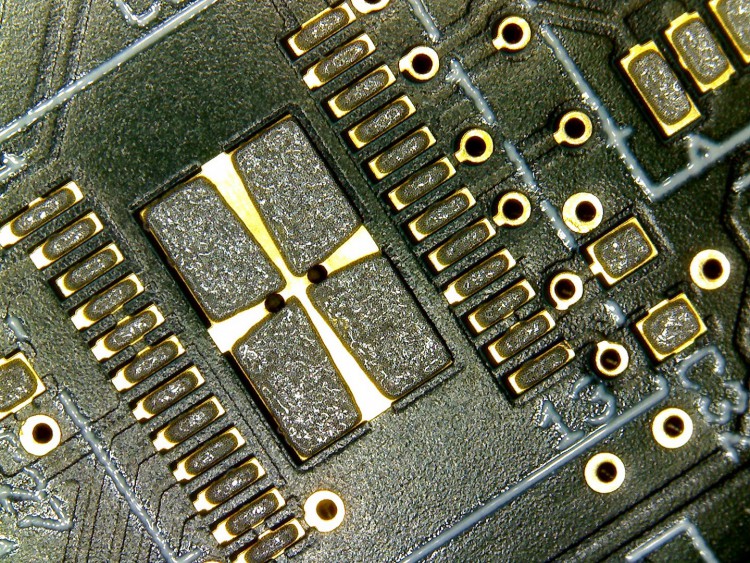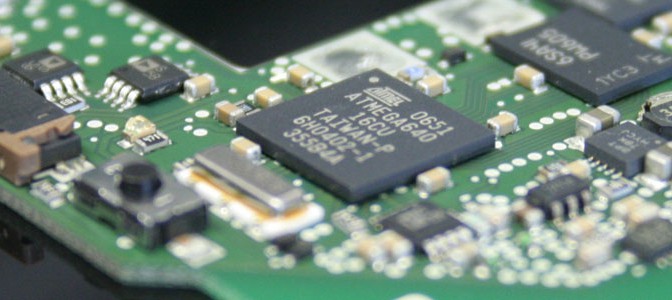The CAD Program
There are several tools existing, and many work well. But in my opinion E.A.G.L.E Layout editor is one of the, compared with others, cheapest editors you might can get. If you are only using two layers in Layout and only need euro-card sized PCB’s its free. As far i know most other Editors are organized in a similar way.
The Schematic Editor uses the parts Symbols.
The Layout Editor uses the parts Packages.
The Part Library connects Symbol Pins with physical Package Pins.
One Symbol can be connected to different Packages e.g. one Resistor Symbol can be realized as case size 0603 or 0805 as Package.
In my upcoming posts i will show you some details you have to consider when generating part libraries by your own. I am working with E.A.G.L.E so some tips are only useful if you are using Eagle, but especially for designing Part Libraries on your own, all Information given here might be helpful to you.


